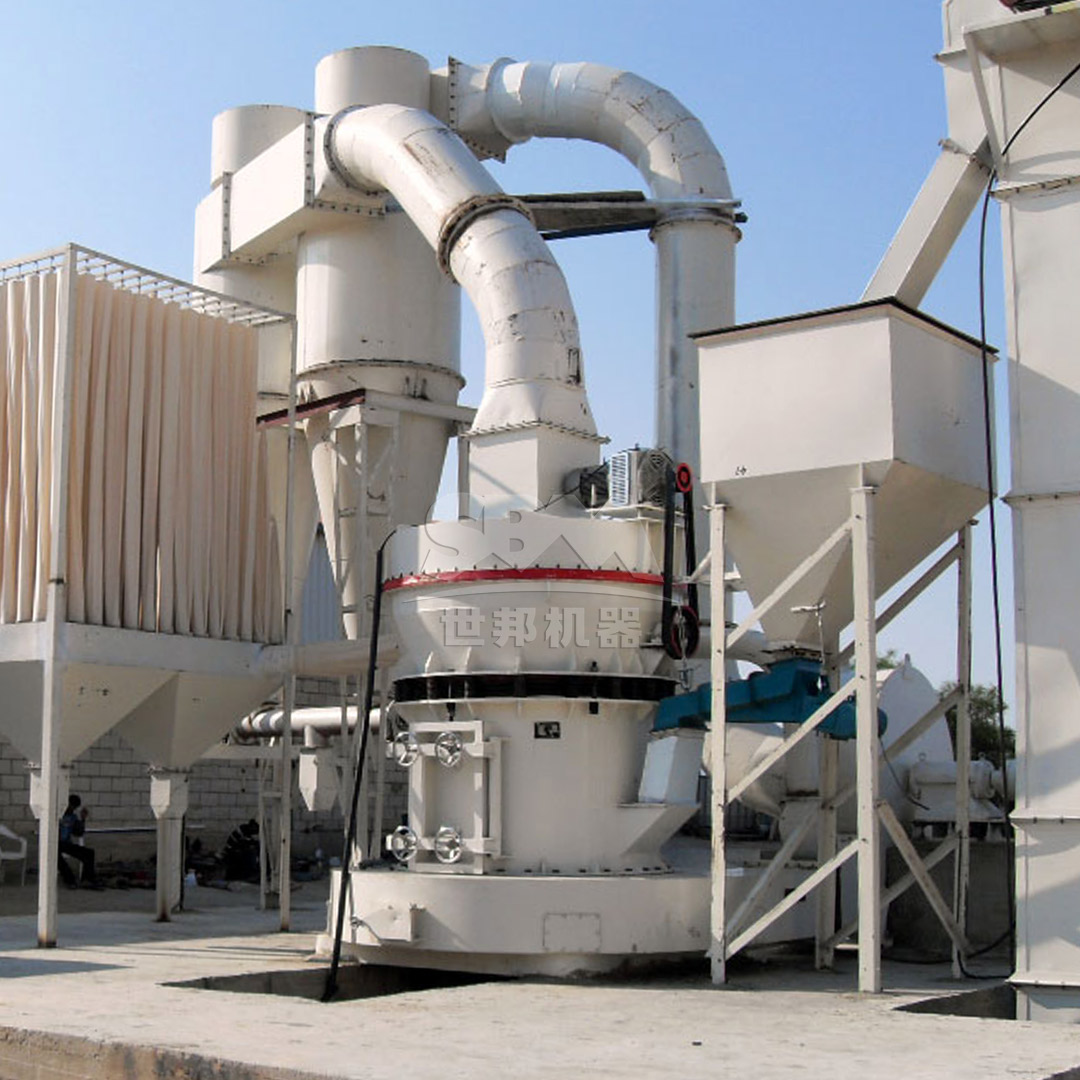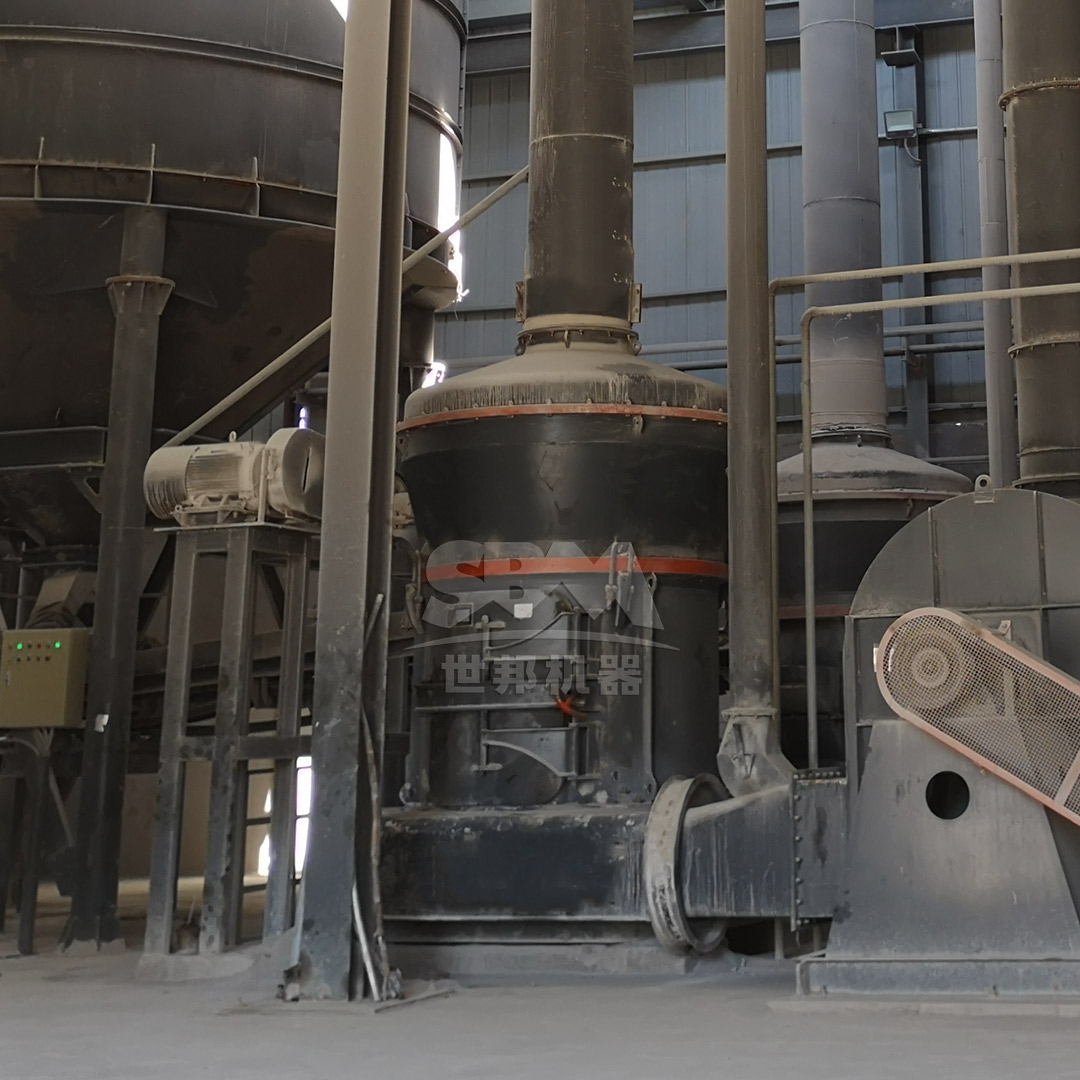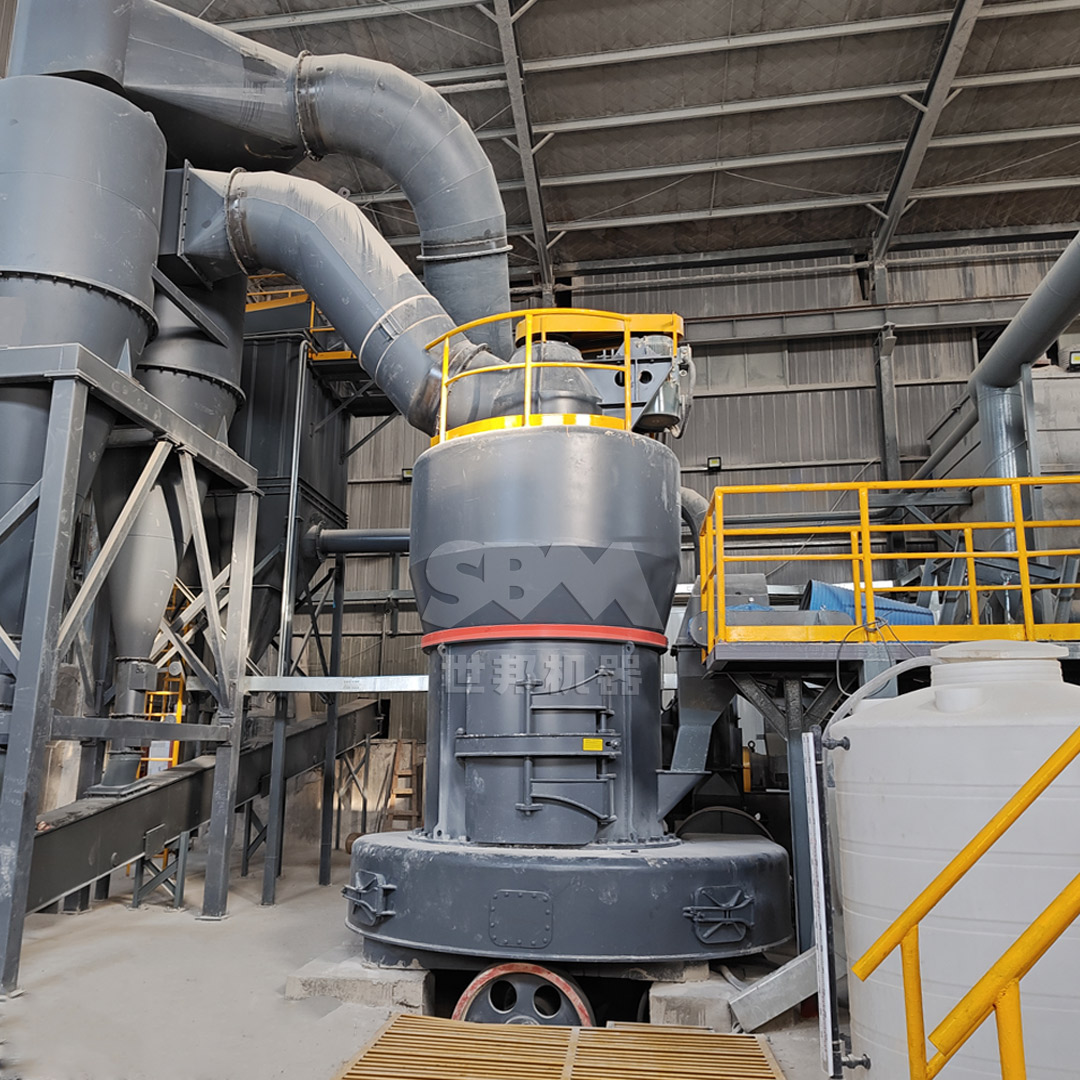The plastics and polymers industry continuously seeks advanced materials to enhance product performance. Calcite (calcium carbonate) stands out as one of the most valuable mineral fillers, significantly improving mechanical properties, dimensional stability, thermal conductivity, and cost-efficiency of composite materials. However, the effectiveness of calcite is profoundly dependent on its particle size distribution, morphology, and surface purity. Ultra-fine grinding is not merely a process but a precision engineering step that unlocks the full potential of calcite, transforming it from a simple filler into a high-performance reinforcement agent.

For polymer reinforcement, the interfacial area between the filler and the polymer matrix is paramount. Smaller particle sizes create a larger surface area for interaction, leading to superior stress transfer and enhanced mechanical properties like tensile strength, impact resistance, and stiffness. A coarse or uneven particle size can act as a stress concentrator, becoming a failure point. Furthermore, achieving a consistently fine and narrow particle size distribution (PSD) is crucial for ensuring uniform dispersion within the polymer melt, preventing agglomeration, and maintaining the desired rheological properties during processing. The target for high-end applications often lies in the micron (μm) and sub-micron range.
Producing calcite powder suitable for premium polymer applications presents several technical hurdles. Calcite has a Mohs hardness of 3, making it relatively soft but prone to generating heat during prolonged grinding, which can degrade polymer-friendly surface coatings. The primary challenges include:
Not all grinding mills are created equal for this demanding task. While ball mills and Raymond mills are common, they often lack the precision and efficiency for ultra-fine applications. The ideal mill must combine high grinding efficiency with precise classification, robust construction to minimize contamination, and intelligent control to ensure consistency.

For producers aiming at the highest quality calcite powder for plastics and polymers, the SCM Ultrafine Mill represents the pinnacle of grinding technology. This mill is engineered specifically to overcome the challenges of ultra-fine processing, making it the superior choice for reinforcing fillers.
| Model | Processing Capacity (ton/h) | Main Motor Power (kW) | Feed Size (mm) | Final Fineness (mesh) |
|---|---|---|---|---|
| SCM800 | 0.5-4.5 | 75 | ≤20 | 325-2500 |
| SCM900 | 0.8-6.5 | 90 | ≤20 | 325-2500 |
| SCM1000 | 1.0-8.5 | 132 | ≤20 | 325-2500 |
| SCM1250 | 2.5-14 | 185 | ≤20 | 325-2500 |
| SCM1680 | 5.0-25 | 315 | ≤20 | 325-2500 |
The grinding process begins as calibrated calcite feed (≤20mm) is continuously conveyed into the grinding chamber. The main motor drives a multi-layer grinding ring to rotate. Centrifugal force forces the material to the periphery, spreading it evenly onto the grinding track. Here, the rollers exert intense pressure, crushing and grinding the material. The ground powder is then carried by the airflow to the classifier. The integrated vertical turbine classifier performs a precise cut; oversize particles are rejected and returned for further grinding, while in-spec fine powder passes through. The final product is efficiently collected by a cyclone collector and a pulse除尘 (dust removal) system, ensuring a high yield of premium-quality calcite powder.
For applications where the target fineness is slightly coarser, typically in the range of 30-325 mesh (0.038mm), or where higher capacity is required, the MTW Series Trapezium Mill offers an excellent and cost-effective solution. It is ideal for producing general-purpose calcite fillers for various polymer compounds.

The choice of grinding technology is a strategic decision that directly impacts the quality, cost, and performance of your calcite-reinforced polymer products. By investing in advanced mills like the SCM Ultrafine Mill or the MTW Trapezium Mill, producers can ensure they are delivering a consistent, high-purity, and precisely engineered calcite powder that maximizes the value of their polymer composites. These technologies not only enhance product performance but also provide significant advantages in energy savings, operational reliability, and environmental compliance, future-proofing your production capabilities in a competitive market.